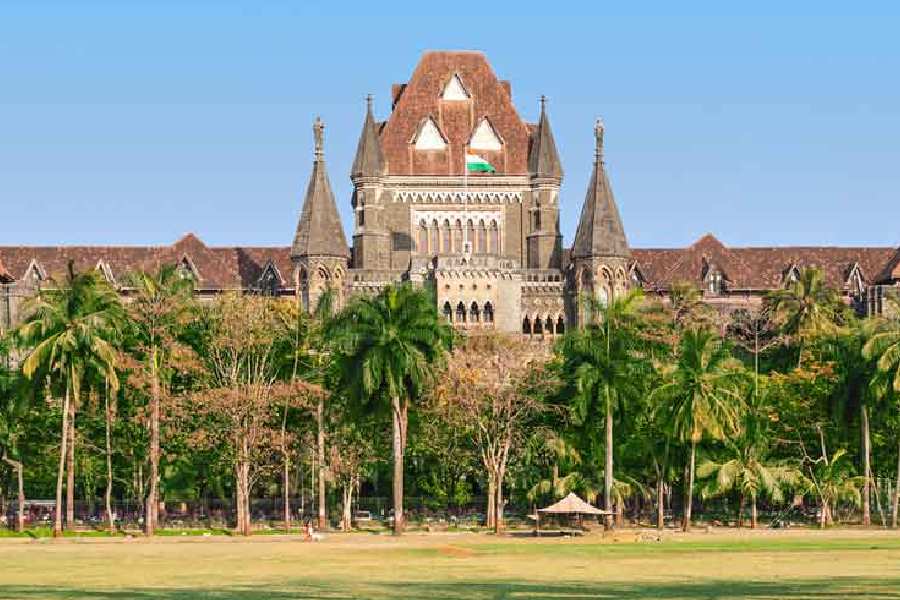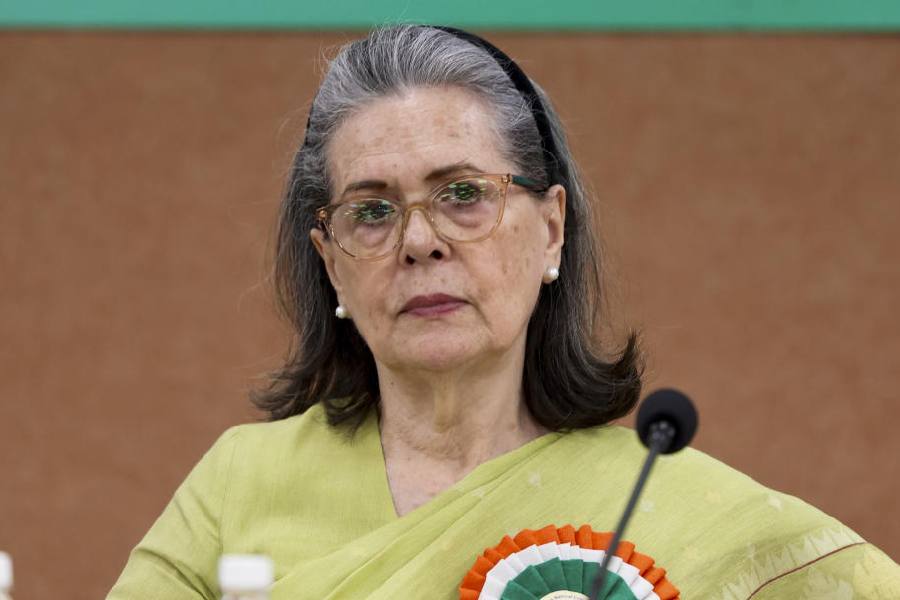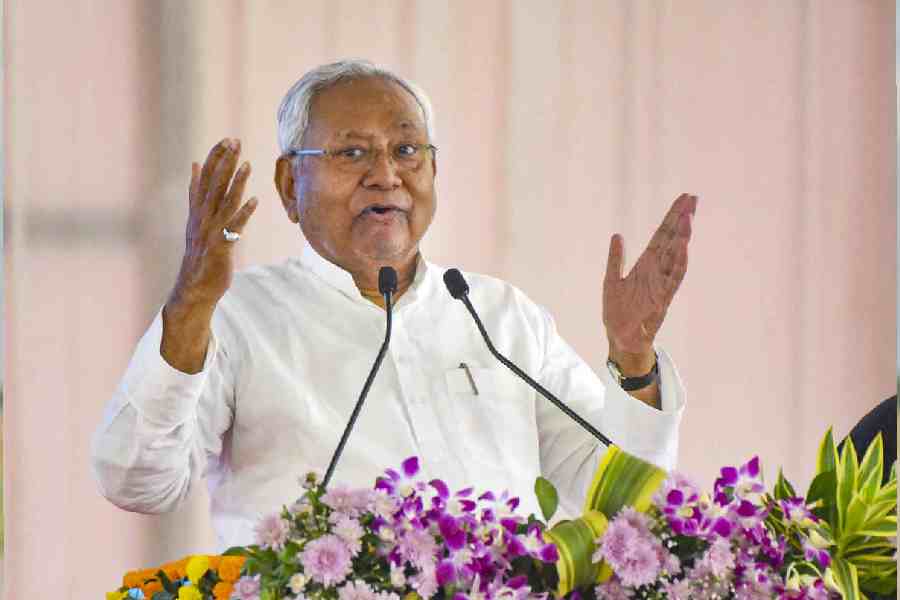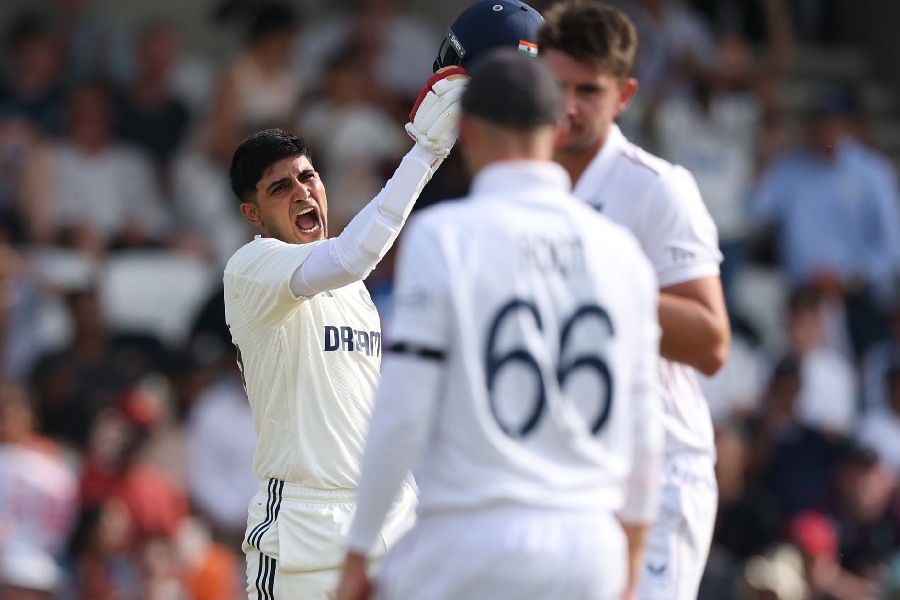New Delhi, Jan. 30: Toufiq Ahmed Chisti scours scrap shops for pieces of heritage.
Like a modern-day Aladdin, Chisti, who runs National Book Depot in Uttar Pradesh’s Amroha, drops by at scrap dealers in towns to retrieve inscriptions, ancient manuscripts and even old guns so they aren’t lost forever.
One of his prized possessions, dating back to 1016 AD, is a rare copper plate that bears a signed inscription of Vidyadhar, the Chandela dynasty’s most important ruler. The plate was about to be melted for its metallic value when Chisti saved it from a bazaar in Kanpur.
The discovery has delighted the Archaeological Survey of India, whose joint director-general B.R Mani dubbed the copper plate a “a very significant find”. Chisti sent the ASI a carefully photographed copy of the inscription — broken into halves — so that it could be read.
“The plate bears Vidyadhar’s sign. It is rare to find an inscription signed by a king. The only other such inscription we have is that of King Harshvardhan,” Mani said.
Around 2ft long and weighing 4.25kg, the inscription is much larger than those that have been found so far. “Usually inscriptions are smaller. This one is like a stone inscription. I am still to decipher what’s written in the middle of the plate. But so far, we have been able to trace Vidyadhar’s genealogy,” Mani said.
Vidyadhar, famous for his architecture and sculptures, had built the Kandariya Mahadeva temple in Khajuraho, among the biggest shrines dedicated to Shiva.
Khajuraho, now in Madhya Pradesh, is part of the Bundelkhand region over which the Chandelas had ruled for much of the period between the 10th and 16th centuries AD.
The plate might help end a debate among historians on whether Vidyadhar had withstood the onslaught of Persian invader Mahmud of Ghazni (971-1030 AD) or if he had surrendered.
“On the inscription, Vidyadhar refers to himself as Kalanjarpati, which means the ruler of Kalanjar, the fort Ghazni surrounded. Vidhyadhar had many forts. Why would he choose Kalanjar if he had not won the war?” Mani said.
“He was the only king who withstood the onslaught of Mahmud of Ghazni.”











![Rishabh Pant, Sachin Tendulkar [in set]](https://assets.telegraphindia.com/telegraph/2025/Jun/1750511937_new-project-33.jpg)